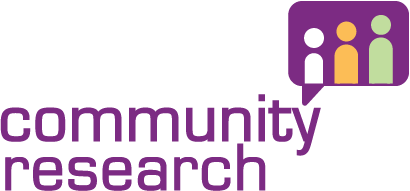Making minoritised ethnic groups the sample majority
Earlier this year, we carried out some research for Thames Water that flipped traditional sample frames on their head. Typically, sample frames are designed to be ‘nationally representative’ in terms of ethnicity, with the majority of the sample being ‘White British’ and only a handful of Black and Minority Ethnic participants. However, Thames Water wanted to understand the experiences of its more vulnerable customers, and it recognised that race and ethnicity was a key vulnerability risk factor in its catchment area.
We worked closely with Thames Water to analyse existing research to understand how race and ethnicity increase people’s vulnerability in this market. We also analysed its customer base to establish which communities and people were at higher risk of disadvantage, looking at factors such as recency of migration; communities living in high rates of poverty; religion and culture; and English language skills and confidence. This enabled us to design a detailed sample frame, specifying particular ethnic, national and cultural groups and experiences indicated by the preliminary analysis*. In the end, 56 of the 75 interviews were with people of South Asian, Black African, African Caribbean or East European background.
A focus on these groups called for specialist expertise. As we state in our commitments to racially inclusive research, we – as White British researchers – are not always best placed to design and conduct research amongst minoritised ethnic groups. Instead, we paired up with Ethnic Opinions who advised on adapting the research to specific groups and used their networks to recruit participants. They also provided facilitators experienced in working with minoritised ethnic groups and who shared the ethnic background with some of the participants. They brought enormous value, in some cases conducting interviews in participants’ first language and sharing their deep cultural knowledge to analysis sessions.
The result was a rich and textured tapestry of stories and experiences which showed the overlay of race, ethnicity and culture with the pressures of debt, the cost of living crisis and how people manage their bills and households. Focusing in on specific communities (such as Somali, Ghanaian, Pakistani and British Black Caribbean) gave Thames Water in-depth insight into the multiple challenges and barriers in affording services and advocating for their needs. The research report is published on Thames Water’s website, and has resulted in them making some specific commitments in their Vulnerability Strategy and five-year business plan to address some of the barriers and meet some of the needs identified in the research.
* See here for more on the value of preliminary analysis to understand vulnerability.

